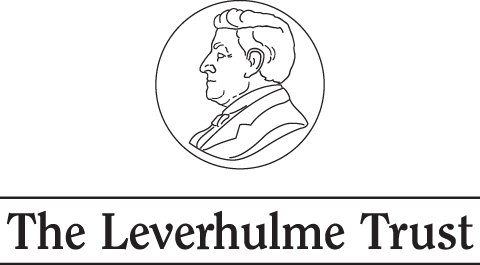 Berthold Lubetkin (1901-1990) learned his craft as an architect in the ideological crucible that was Moscow in the thick of the Russian Revolution of 1917. It was natural for the enthusiastic and ideologically driven young artist to take part in the activities and discussions of various revolutionary groups, including Proletkult and ASNOVA. As a student he gathered in rooms and lecture halls with such revolutionary thinkers and artists as Rodchenko, Tatlin, Malevich, Mayakovsky, the Vesnins, Popova and Gabo. The main subject of discussion was how the life of the artist (or architect in his case) could best contribute to the formation and development of the new socialist world order.
Berthold Lubetkin (1901-1990) learned his craft as an architect in the ideological crucible that was Moscow in the thick of the Russian Revolution of 1917. It was natural for the enthusiastic and ideologically driven young artist to take part in the activities and discussions of various revolutionary groups, including Proletkult and ASNOVA. As a student he gathered in rooms and lecture halls with such revolutionary thinkers and artists as Rodchenko, Tatlin, Malevich, Mayakovsky, the Vesnins, Popova and Gabo. The main subject of discussion was how the life of the artist (or architect in his case) could best contribute to the formation and development of the new socialist world order.
When he left Russia in 1922, he did not leave behind the ideological acuity of his training. He did not see himself, as many came to see themselves, an émigré from an oppressive regime. He simply followed his career to Britain. As John Allan (2002) put it: “The experiences of his formative years had fuelled him with a creative energy that would last a lifetime”.[1]
On his arrival in the UK in 1931 he was warmly welcomed by prominent members of the architectural establishment, including Hubert de Cronin Hastings, Editor of the Architectural Review, Sir Ian MacAlister, secretary of the Royal Institute of British Architects, and Charles Reilly, Professor of the Liverpool School of Architecture. His positive attitude towards communism and the Soviet Experiment opened as many doors of opportunity as it closed. He became friendly with several luminaries of the British Left, including J.D. Bernal and George Bernard Shaw, and received invitations to the Architecture Club, the Art Workers’ Guild and the Architectural Association.
 No stranger to controversy, Lubetkin managed to rile the whole British architectural establishment with a single provocative gesture that appears to confound — or at least play with — the prevalent and often-forced dichotomy between the Modern and the Classical. In 1938, when Lubetkin completed Highpoint II, the second of two adjoining apartment blocks in Highgate, London N6, his use of the classical figurative load-bearing architectural feature of the caryatid caused quite a stir. To this day they cut peculiar figures when you pass them by on the street. There is such a stylistic mismatch between the trademark uncluttered Modernist lines of the building and the semi-ruined ancient Greek sculpture.
No stranger to controversy, Lubetkin managed to rile the whole British architectural establishment with a single provocative gesture that appears to confound — or at least play with — the prevalent and often-forced dichotomy between the Modern and the Classical. In 1938, when Lubetkin completed Highpoint II, the second of two adjoining apartment blocks in Highgate, London N6, his use of the classical figurative load-bearing architectural feature of the caryatid caused quite a stir. To this day they cut peculiar figures when you pass them by on the street. There is such a stylistic mismatch between the trademark uncluttered Modernist lines of the building and the semi-ruined ancient Greek sculpture.
Some Modernist architects were engaging with, or renovating the ‘neoclassical’ caryatid form for their own times and uses (e.g. Hans Walther in Erfurt), Lubetkin’s use of facsimile casts of two of the Erechtheum caryatids of the Athenian Acropolis, however, was different.
The caryatids were apparently cast (for the cost of £40), by someone at the British Museum. Rumours abound, but it is said that the large concrete canopy which the caryatids appear to support is, in fact, self-supporting, by a clever use of large cantilevers. It is also said that when the building was unveiled a visible gap was left above the caryatids’ heads. If this is true, it would support the idea that they were Lubetkin’s comical response to an overly officious buildings’ control officer, who (again, it is said) demanded that a “standardized” supporting structure should be set in place. The provision of an ancient and therefore humorously atavistic architectural solution to what the architect may well have perceived as an atavistic (or non-existent) problem, would not seem out of character for Lubetkin.
As an architectural gesture, however, it served to offend (as Allan 2002 writes) both sets of Lubetkin’s adversaries, “the Modernists obviously, but also traditionalist diehards who could apprehend the classical usage only in the habitual academic way”. The caryatids “represented a challenge not to one but to both contending orthodoxies, the traditional and the modern.”[2]
[1] Allan (2002), Berthold Lubetkin (London : Merrell) 11.
[2] Allan (2002), Berthold Lubetkin (London : Merrell) 32.



